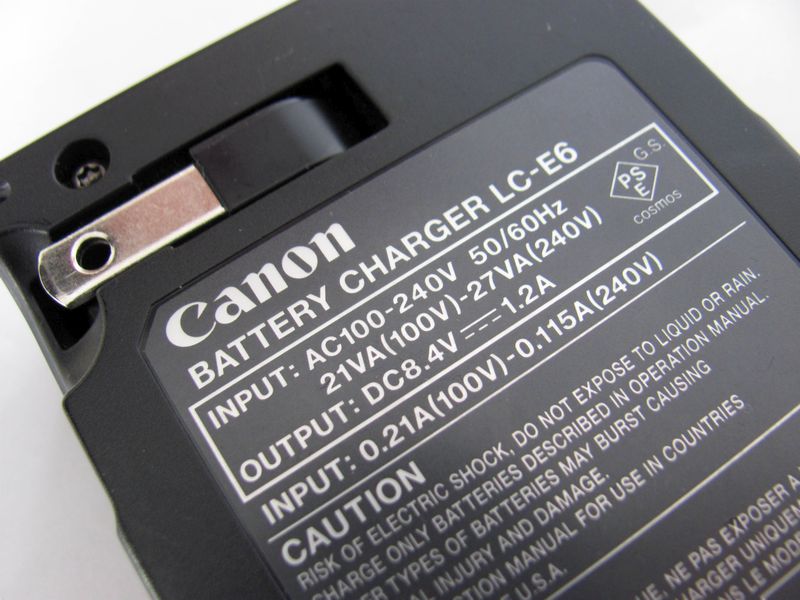With all the time I spend on Facebook, my ancient iPhone hammers through battery like nobody’s business. Keeping it and my other gadgets charged is critical to stay in touch, to plan and document our trips, and to play the white noise that helps the baby sleep!

There are many standards for power plugs and voltages throughout the world, so it’s important to verify what they use where you’re going. You need to check each device against three parameters to ensure compatibility:
- The voltage (V) of the foreign grid,
- The frequency (Hz) of the foreign grid, and
- The type of socket in use.

A North American device designed to run on 120V may fry on the European 230V grid without a converter. Similarly, some electronics made to run on a frequency of 60Hz may malfunction on 50Hz. The back of the device or the owner’s manual should state both the voltage and the frequency range a device can safely accept. Fortunately, most modern cell phones, laptops and battery chargers will accept the full range, so you’ll likely only need an adapter for the plug.
Check the website www.power-plugs-sockets.com before your trip to verify the parameters of the foreign grid(s) and to find the right style of adapter.
Considerations:
- If your device has a grounded (three-pin) plug, make sure to get an adapter that provides the same protection.
- Depending on your electronic needs, consider bringing multiple adapters.
- Don’t rely on getting the right adapter at the airport. You know they’ll be sold out of the exact one you need.
- You can buy adapter clusters for the entire world, but unless you’re traveling the globe non-stop, buy only the adapter for where you’re going. This will save money, weight and luggage space.

Categories: International Travel, Electronics